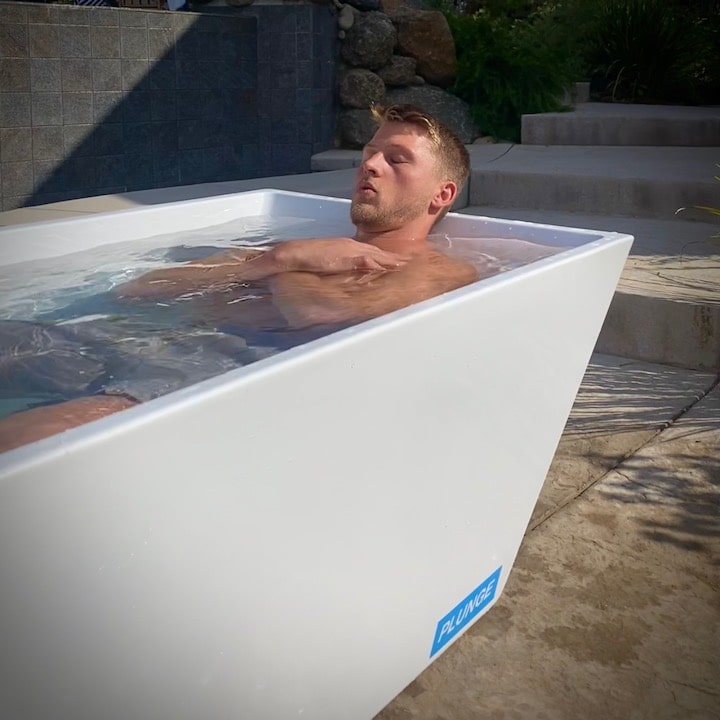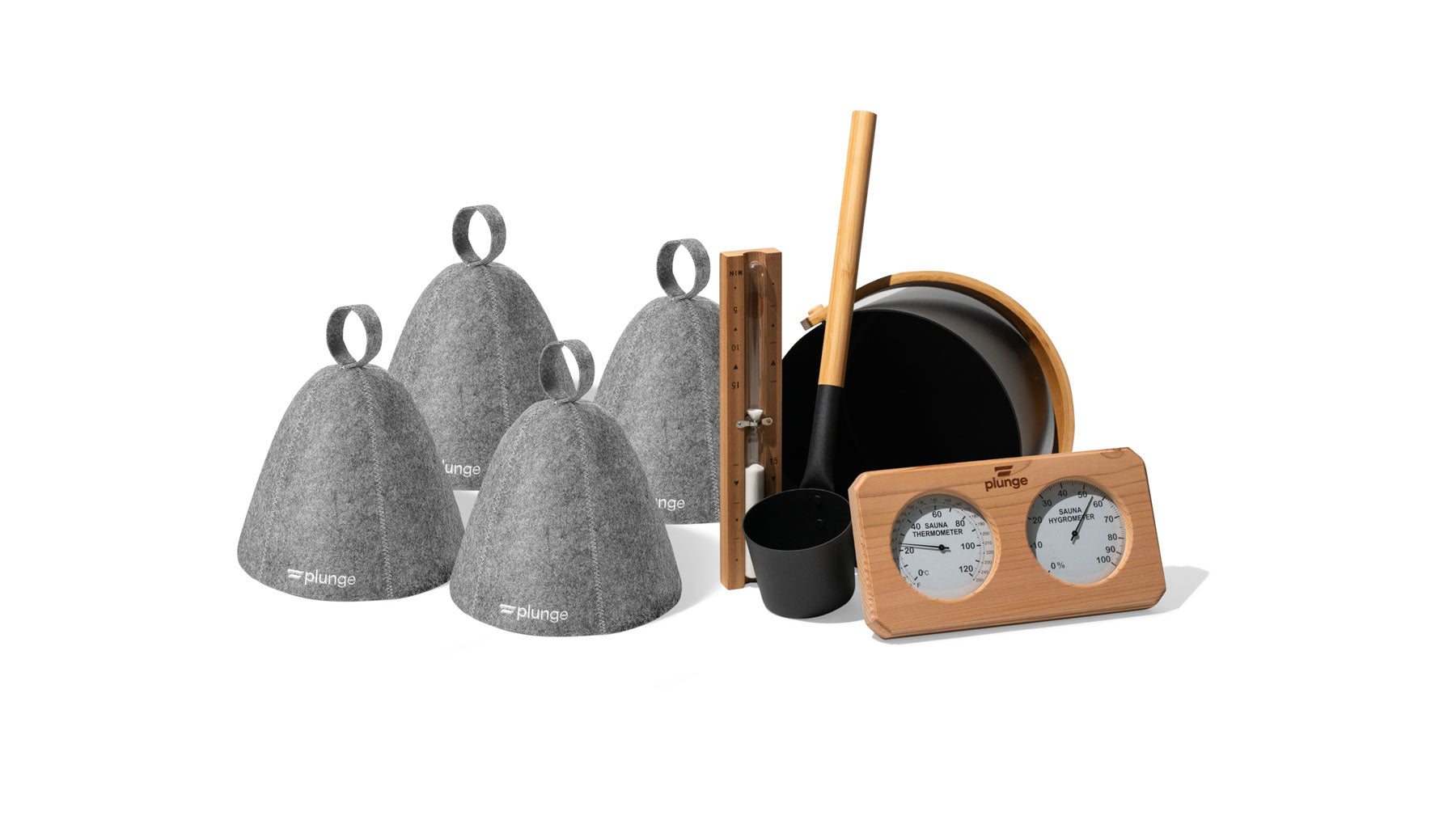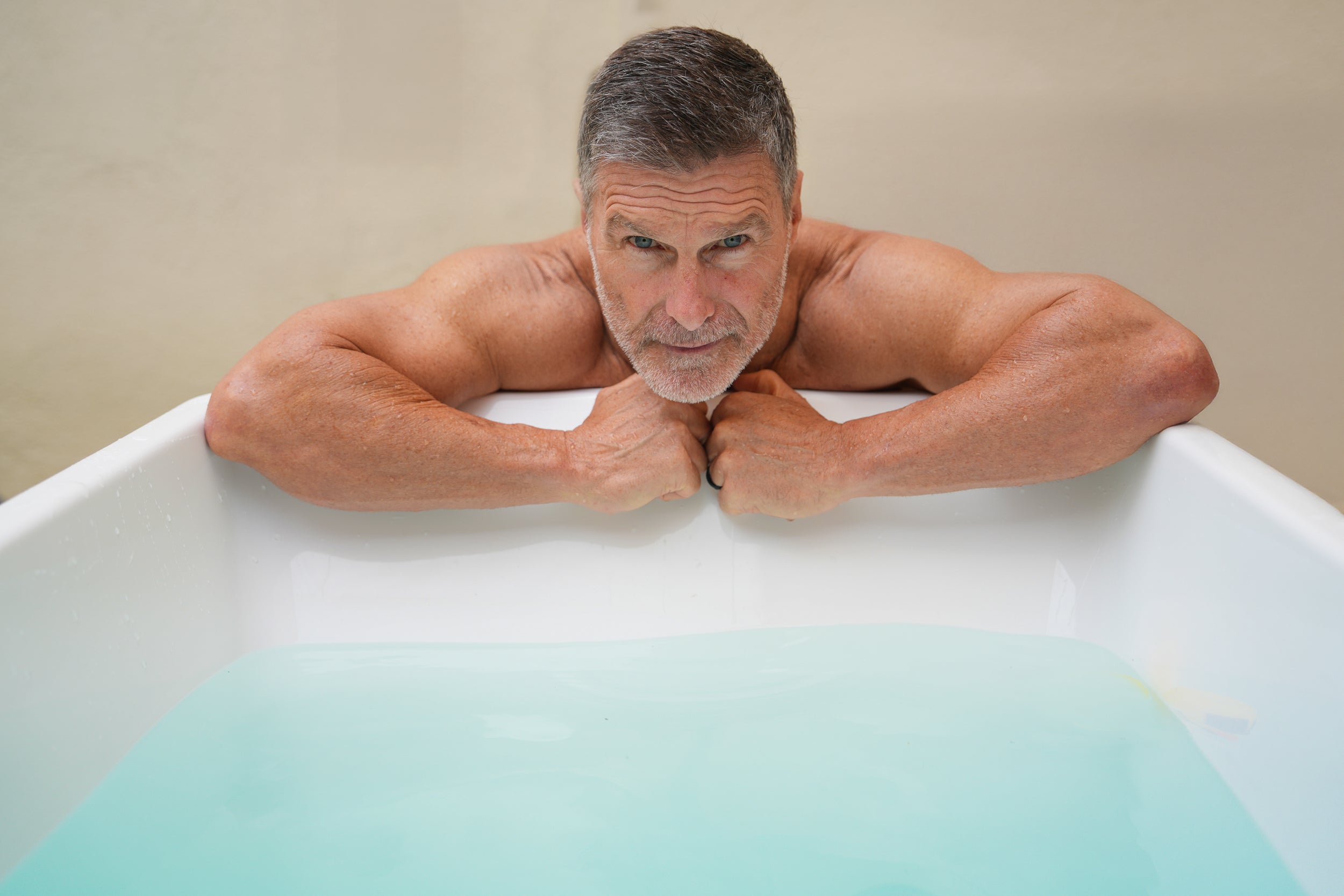
Beginners Guide to Cold Therapy
Sports medicine has contributed immensely to a variety of trends, treatments, and therapies in our society today. From proper nutrition to correct fitness techniques and physiology, we’ve learned a great deal from sports medicine, and we’re not entirely done yet. Another, more recent trend has been making waves around the globe in the form of cold therapy.
Cold therapy is a broad term that encapsulates many different forms of physical therapy centered around cold temperatures. Practically anyone can use these therapies for any number of different reasons, and the concept of cold therapy itself is still growing. As researchers dive deeper into the possible benefits of various cold therapies, we are discovering more methods and techniques that can benefit all of us.
For someone relatively new to all of this, we wanted to give you a brief guide to the types of cold therapy out there and what they can do for you. So keep reading to learn how to physically and mentally up your game with some cold therapy!
Medical Disclaimer: All information, content, and material of this website is for informational purposes only and is not intended to serve as a substitute for the consultation, diagnosis, and/or medical treatment of a qualified physician or healthcare provider. Always seek the advice of your physician or another qualified health provider with any questions you may have regarding a medical condition.

Coolant Sprays/Topicals
In the world of creams, sprays, and balms, we can find our first, small-scale cold therapy; coolant spray. As for as cold therapies go, this isn’t our favorite, but it’s worth a quick mention. These sprays are primarily used in the context of sports but might have some value to short-term injuries.
Mainly, the spray is used to treat acute, painful injuries that are expected to heal relatively quickly. This is why they have gained so much prominence in the sports world while remaining somewhat anonymous to the rest of us.
When and How to Use It
A coolant spray should be applied directly to an injury, recently after it occurs. This time period is where the cooling and numbing effects will work the best. However, unless recommended by a trained doctor or physician, this shouldn’t be your first choice.
Ice Packs
The most recognizable and standard of the therapies, ice packs, have been used ever since we had easy access to ice! As ice boxes faded out of style and modern refrigeration became the new norm, we started to find more uses for the cold stuff, primarily to help us recover from injuries.
When and How to Use It
Although it is a standard treatment, you should still be aware of a few critical pieces of ice pack information. Using an ice pack can help reduce pain and swelling in some regions of the body.
If you’re using an ice pack, only apply it to the affected area of the body, as this is where it will benefit the most. Ensure your skin is not in direct contact with the ice, and only use ice for as long as comfortable.
Contrast Therapy
Moving on to more extensive methods of cold therapy brings us to contrast therapy, otherwise recognized as “Hot and cold” therapy. As you might have guessed, contrast therapy alternates between hot and cold temperatures and can be applied to broader areas than an ice pack.
When and How to Use It
There are a few reasons to try contrast therapy, but most commonly, it is used for soft tissue pain or injuries that have caused swelling. As you’ll learn below, when you enter cold water, your blood vessels constrict, reducing blood flow. However, when you apply heat, the same vessels expand, increasing blood flow. Switching back and forth between the two increases circulation and can help with pain relief.
Contrast therapy is particularly good for hand and foot problems, as they are small enough to use the most common form of contrast therapy; tubs of water. You can easily switch between using heat or cold without needing many resources with your hands and feet. If you don’t want to use a tub, you can also try alternating between ice packs and heating pads, but this is less efficient and can be less effective.
Cold Plunges
As the last and debatably most complete therapy on our list, cold-water therapy is a fantastic remedy for several issues. Cold-water therapy, also referred to as ice baths or cold plunges, is the practice of immersing yourself in a full tub of ice for about 2-5 minutes. Athletes commonly use this as a post-workout tool to soothe muscle soreness and calm down muscle spasms, but a plunge can do some good for anyone!
When and How to Use It
You can use cold-water therapy in two main ways. The first is for recovery, as mentioned above. The effect of constricting and expanding blood vessels helps to improve circulation and provides a boost to your immune system! Additionally, you reap the benefits of cold water, as the low temperatures help reduce swelling throughout the body.
You can also maximize your ice bath benefits by turning it into a daily routine! Besides recovery therapy, you can also use an ice bath for your mental health and wellness. For example, cold plunging in the morning can give you a huge energy boost to start the day, and building up a habit of cold plunging can help you with mood, attention, and vigilance.
Before hopping into one, make sure you know how long to ice bath, as the timing of your experience matters. Most people will recommend a 2-5 minute plunge, and anything above 5 or 6 minutes is far too long and should be avoided.
Plunge
At Plunge, we strive daily to make the cold plunge experience available to anyone without sacrificing luxury or innovation. We’ve seen the benefits firsthand, and it’s our mission to share them with as many of you as we can.























